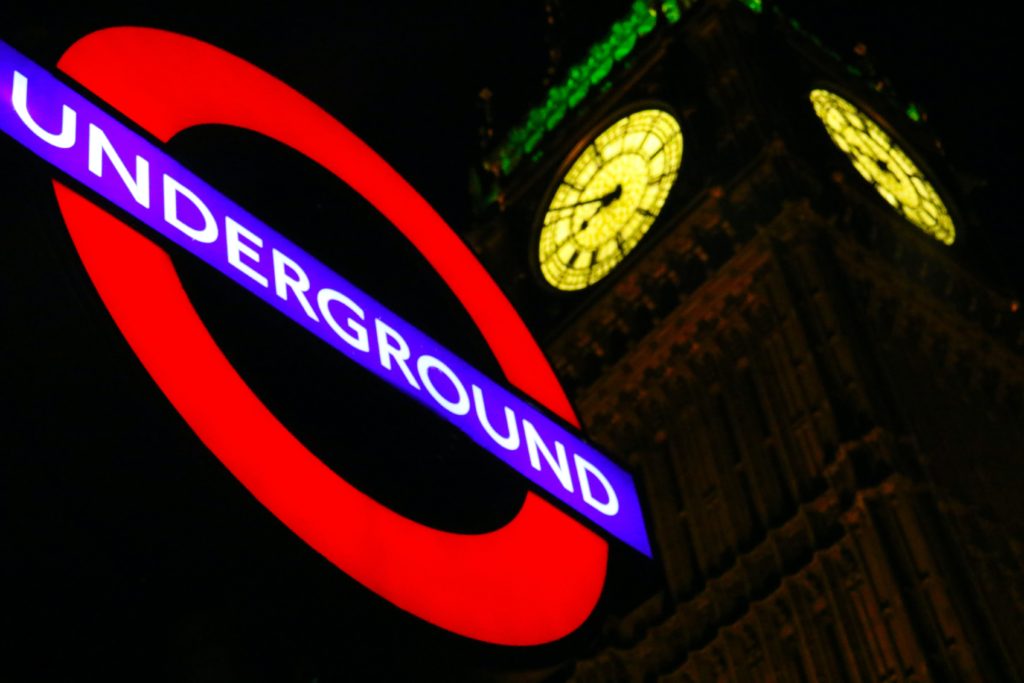
English beer; best served cool, not warm or cold




It is often said that English ale resembles more a cup of tea than beer judging by its brown appearance and the fact that it is not served chilled, however it has a long history and there are a great many varieties brewed in traditional breweries scattered the length and breadth of the British Isles so clearly it is a drink enjoyed by many people past, present and doubtless future. Even William Shakespeare mentioned ale in glowing terms in his play the twelfth night, stating that “a quart of ale is a dish for a king.”
Perhaps the reason why English beer is treated with such suspicion by foreign visitors is that unlike the world popular lager style beer, which is usually golden in colour and uses bottom fermenting yeast, English beer aside from being almost any shade of colour from pale yellow through to extremely dark brown or even black, uses top fermenting yeast and is cask matured with the process finishing as it waits to be consumed in the pub cellar. The term for this kind of unfiltered and unpasteurised beer is ‘real ale’ and in typical English pubs specialising in this it is common to know not only what is on tap at the time but also what is lying in wait in the cellar to be consumed in the coming days. It takes some special care from the landlord and bar staff of the pub, as the cask must be carefully handled due to the ongoing fermentation process and should be tested before serving to customers. Unlike lager style beer, no carbon dioxide is added and this real ale is served using the gravity method of drawing the liquid from the cask by hand pulled pumps through to the tap and into the glass and finally the drinker can take a sip. Due to the ongoing fermentation process, yeast forms a sediment which collects on the bottom of the cask so the last few pints of real ale are not consumed for this reason. Real ale drinkers know when the beer is ‘off’ (gone bad or down to the sediment) and inform the landlord or bar staff of this.

As for the different colours that ales take on this is related to the different types with light pale ales using lighter malts and in the case of Indian pale ales, larger amounts of hops, giving a distinct hoppy flavour. Incidentally the reason for the word Indian in the name is that in the 19th century this kind of ale with larger amounts of hops was found to stay better preserved on the long journey to the sub-continent where real ale was in demand by the Brits of the East India Company. More typical styles of ale including brown ale, and mild contain larger amounts of malt and less hops and are therefore darker and also a little sweeter in taste. Recently, light coloured, so called summer ales with a lower alcohol content have started to be produced by some breweries as a way to encourage young people to drink real ale as opposed to lager style beer. This has coincided with the emergence of craft beer from the USA which has essentially fused the worlds of traditional real ale and lager style beers by brewing beers which are in some way similar to real ales, but are served from a keg rather than a cask and are often served chilled which brings us to what the title of this article hinted at; the idea that real ales are drunk warm which seems odd to those used to a cool, clear lager. The answer is that real ales are commonly drunk at anywhere between 10 and 14 degrees Celsius whereas with lagers the range is around 6 to 9 so there is a difference.

It is said by brewers that the different flavours of real ales are best enjoyed at a temperature above chilled and that lagers are served chilled for they are crisp and smooth without any strong flavours. Real ale has stood the test of time in Britain and this traditionally brewed beer is even taken care of by its own special society called CAMRA (campaign for real ale) which amongst other activities holds beer festivals for the general public and special events for members. However, as the craft beer scene imposes itself on the British pub and the thus the beer market, real ale is coming under some pressure. Real ale could be on its way out as younger people prefer the well marketed taste of craft and therefore if you want to sample real ale there is no time like the present for it is still readily available. A hand pulled pint of Spitfire from the Shepherds Neam brewery or London’s pride from Fulllers, served at cellar temperature is something that all beer lovers should sample, not to mention the ambience of the British public house, though that is another story in itself and one for another day because now it’s time to go for a pint. Cheers!

Interesting Post



